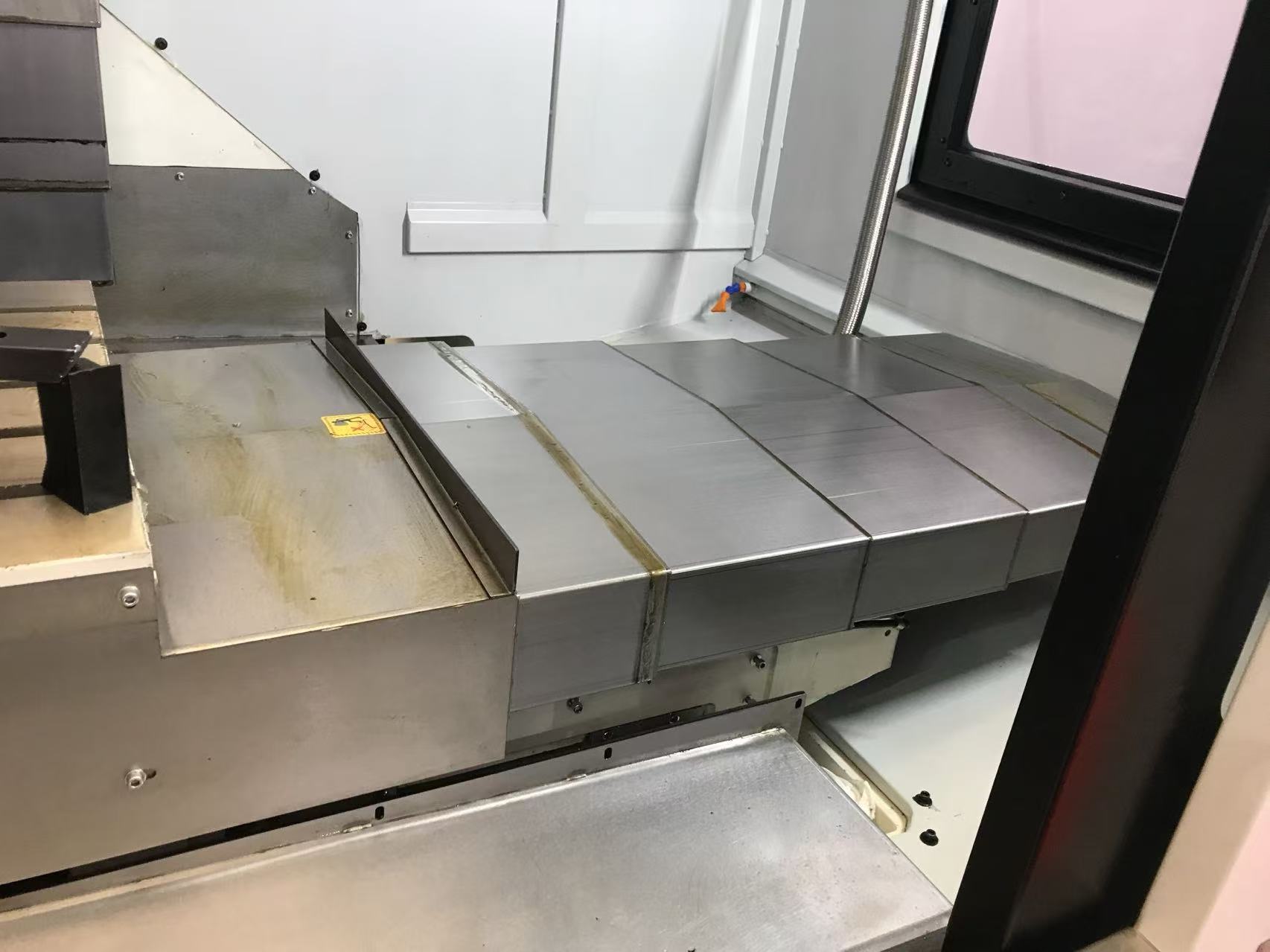In today’s competitive manufacturing landscape, the machining center (CNC machine tool) is the heart of precision and efficiency. But this vital asset faces constant threats from (coolant), metal chips, and abrasive dust. To ensure peak performance and protect your investment, pairing your machine with the right protection system is not an option—it’s a necessity.
This guide will help you navigate the key factors in selecting the perfect machine tool cover, based on the common questions and search terms used by industry professionals like you.
Step 1: Define Your Core Protection Needs
Before looking at products, diagnose the specific “ailments” your machine faces. This is the most critical step.
- What are you protecting against? Is it high-pressure coolant flood? Are they sharp, heavy steel chips, or stringy, lightweight aluminum shavings? The answer determines the required sealing level and design.
- What is the workshop environment? Is it humid, oily, or exposed to extreme temperatures or chemicals? This directly influences material choice.
- Are there space constraints? Consider the machine’s travel limits and the layout of your shop floor to ensure the cover fits without interference.
Step 2: Match the Cover to Your Machine’s Dynamic Performance
A machine tool cover is a dynamic component. It must move smoothly and reliably at the same speeds as your machine’s axes.
- Speed and Acceleration: High-speed machining requires lightweight, low-inertia covers like bellows covers (way covers) or telescopic covers to prevent vibration and maintain precision.
- Travel Length: Long axis travels demand covers with excellent tensile strength and anti-sag properties to avoid stretching or jamming when fully extended.
- Smooth Operation: A quality cover should operate quietly and smoothly, without catching or snagging, even during rapid reciprocating movements.
Step 3: Understand the Materials – The Foundation of Performance
The material is what stands between your machine’s (precision guideways) and ballscrews and harmful contaminants.
- PVC-Coated Fabric (Tarpaulin): A cost-effective and common choice, offering good resistance to water, oil, and chips. Its flexibility makes it ideal for bellows-type covers.
- Silicone or Nitrile Rubber: Provides superior sealing and excellent resistance to oils, chemicals, and high temperatures. Often used for high-seal applications or as sealing strips.
- Stainless Steel Sheets (e.g., 304, 316): Offers maximum rigidity and strength for steel guards. Highly resistant to corrosion, making them suitable for heavy-duty, harsh environments like the food or marine industries.
- Engineering Plastics (e.g., Nylon, Polyurethane): Known for being lightweight, wear-resistant, and quiet. Often used for scrapers (wiper strips) and smaller panel covers.
Google Search Tip: Search for “machine cover material comparison” or “PVC vs silicone bellows” to dive deeper into the pros and cons of each material.
Step 4: Think Long-Term: Durability and Maintenance
A cover is a wear part, but its lifespan can vary dramatically. Investing in durability means less downtime and lower long-term costs.
- Structural Design: A well-designed support structure with robust hinges and connections distributes stress evenly, preventing premature failure.
- Manufacturing Quality: Look for reinforced stitching, strong seals, and clean welds. The details define longevity.
- Wear Resistance: Check for additional wear strips at contact points to extend the cover’s life.
- Ease of Maintenance: Can it be easily removed for cleaning? Modular designs simplify replacement and reduce machine downtime.
Conclusion: The Golden Rule of Selection
The most expensive cover isn’t necessarily the best. The golden rule is: ”The most suitable cover is the best cover.”
- Assess Your Needs: Start by clearly defining what you need to protect against.
- Check Compatibility: Ensure the cover’s speed and travel ratings meet or exceed your machine’s specifications.
- Select the Material: Choose the material that offers the best balance of protection, durability, and cost for your application.
- Evaluate Total Cost of Ownership: Consider the expected lifespan and maintenance needs. A reliable supplier with a proven track record is invaluable.
A well-chosen machine tool cover is a smart investment that safeguards your machining center, reduces maintenance costs, and ensures consistent accuracy for years to come.
We hope this guide provides a clear path for your selection process. For more specific application advice, continue your search or consult with a professional machine tool cover supplier for a customized solution.
Post time: Sep-24-2025

